Home>Gardening & Outdoor>Landscaping Ideas>How Short To Cut St. Augustine Grass
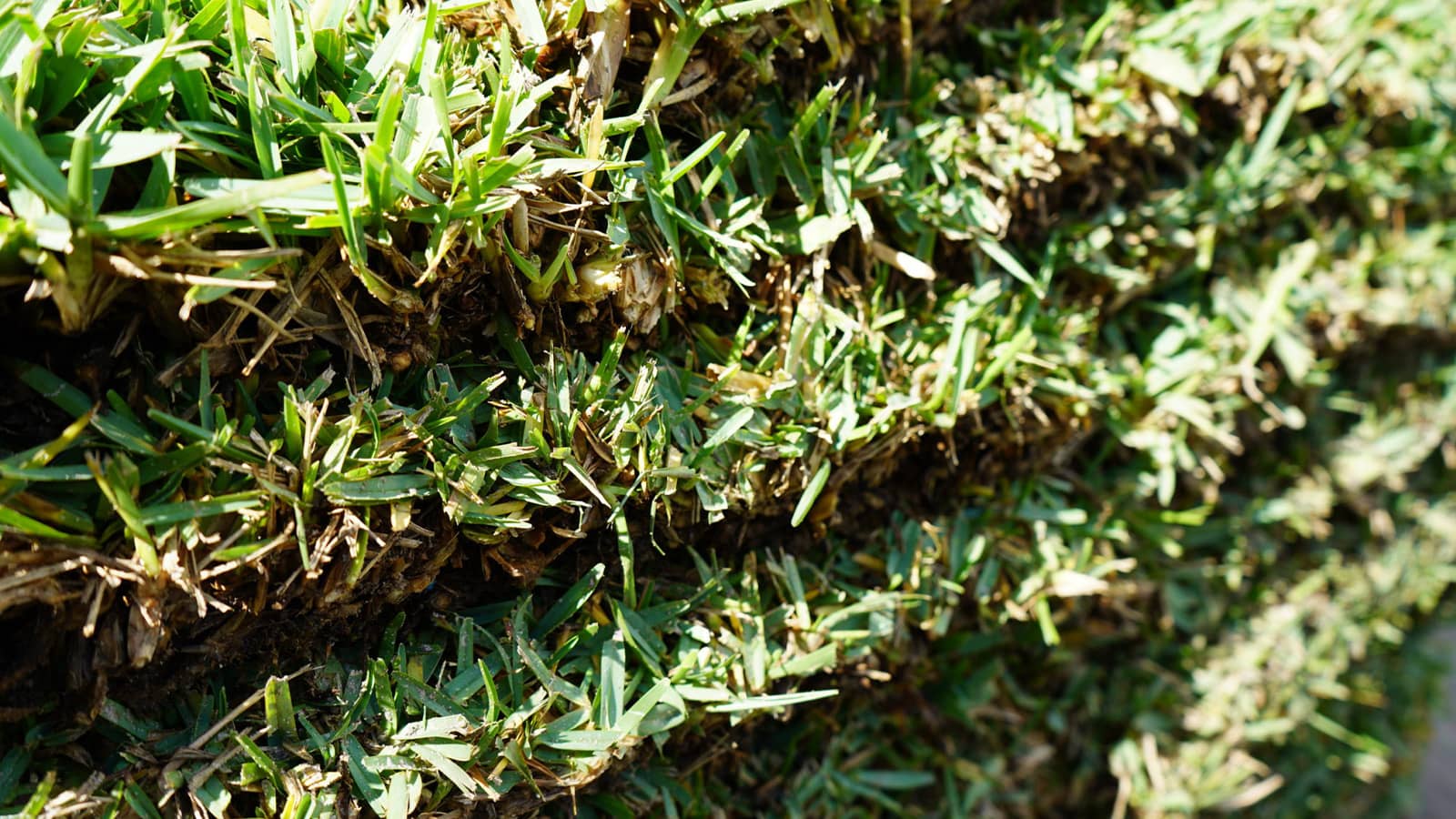

Landscaping Ideas
How Short To Cut St. Augustine Grass
Modified: February 25, 2024
Discover the best landscaping ideas for cutting St. Augustine grass to achieve a beautifully manicured lawn. Learn how short to cut and maintain your grass for a lush, healthy yard.
(Many of the links in this article redirect to a specific reviewed product. Your purchase of these products through affiliate links helps to generate commission for Storables.com, at no extra cost. Learn more)
Introduction
When it comes to maintaining a lush and vibrant lawn, the length at which you cut your St. Augustine grass plays a crucial role. The height at which you mow your grass can significantly impact its health, appearance, and overall resilience. Understanding the optimal length for St. Augustine grass is essential for ensuring that your lawn thrives throughout the year.
In this comprehensive guide, we will delve into the intricacies of St. Augustine grass and explore the ideal cutting length to promote its well-being. Whether you're a seasoned lawn care enthusiast or a novice homeowner looking to elevate your landscaping game, this article will equip you with the knowledge and insights needed to make informed decisions about your St. Augustine grass maintenance.
St. Augustine grass, known for its lush, dense growth and vibrant green hue, is a popular choice for lawns in warm, humid climates. Its ability to thrive in the heat and tolerate partial shade makes it a sought-after grass variety for homeowners seeking a visually appealing and resilient lawn. However, to harness the full potential of St. Augustine grass, it's crucial to understand the impact of mowing height on its overall health and appearance.
As we embark on this exploration of St. Augustine grass maintenance, we'll uncover the benefits of cutting this grass at the optimal length, while also shedding light on the potential risks associated with improper mowing practices. By the end of this guide, you'll be equipped with the knowledge and best practices necessary to ensure that your St. Augustine grass flourishes, exuding a lush and inviting charm that enhances the beauty of your outdoor space.
Key Takeaways:
- Cutting St. Augustine grass at the recommended height of 2.5 to 4 inches promotes a lush, resilient lawn with minimal weed growth and enhanced sunlight absorption, resulting in a visually appealing and healthy outdoor space.
- Avoid cutting St. Augustine grass too short to prevent stress, shallow root development, thatch accumulation, and reduced resilience. Follow a regular mowing schedule, use sharp mower blades, and adapt to seasonal growth for a thriving lawn.
Read more: How High To Cut St. Augustine Grass
Understanding St. Augustine Grass
St. Augustine grass, scientifically known as Stenotaphrum secundatum, is a warm-season turfgrass prized for its lush, dense growth and vibrant green color. Native to the Gulf Coast region of the United States and the West Indies, this grass variety thrives in warm, humid climates, making it a popular choice for lawns in the southern United States and other regions with similar weather patterns.
One of the defining characteristics of St. Augustine grass is its ability to form a thick, carpet-like turf that can effectively choke out weeds and withstand moderate foot traffic. This makes it an ideal choice for homeowners seeking a visually appealing and resilient lawn that can endure the rigors of regular use.
St. Augustine grass is known for its rapid growth rate, especially during the warm months of the year. It spreads through aboveground stolons, which are horizontal stems that root at the nodes, enabling the grass to establish a dense and uniform turf. Additionally, its broad, coarse-textured blades contribute to its lush and luxurious appearance, adding to its visual appeal.
In terms of environmental preferences, St. Augustine grass thrives in full sun to partial shade, making it adaptable to a range of light conditions. It also exhibits good salt tolerance, making it suitable for coastal areas where salt spray may be a concern. Furthermore, this grass variety is known for its ability to withstand periods of drought, making it a resilient choice for regions with sporadic water availability.
Understanding the unique growth habits, environmental preferences, and resilience of St. Augustine grass is essential for effective lawn care and maintenance. By gaining insights into the specific needs of this grass variety, homeowners can make informed decisions regarding watering, fertilization, and mowing practices, ultimately contributing to the long-term health and vitality of their lawns.
As we delve deeper into the nuances of St. Augustine grass maintenance, it becomes evident that this grass variety possesses distinct characteristics that set it apart from other turfgrasses. By recognizing and appreciating these traits, homeowners can cultivate thriving lawns that showcase the natural beauty and resilience of St. Augustine grass.
Ideal Length for St. Augustine Grass
Maintaining St. Augustine grass at the ideal length is pivotal for nurturing a healthy and visually appealing lawn. The recommended mowing height for St. Augustine grass typically falls within the range of 2.5 to 4 inches. This range allows the grass to thrive and exhibit its inherent resilience, contributing to a lush and vibrant lawn that enhances the overall aesthetic of your outdoor space.
At the lower end of the spectrum, a mowing height of 2.5 inches offers several advantages for St. Augustine grass. This shorter length promotes a dense and uniform turf, creating a visually appealing carpet of lush greenery. Additionally, maintaining the grass at this height can help in minimizing weed infestation and promoting a more resilient lawn that can withstand foot traffic and environmental stressors.
On the other hand, allowing St. Augustine grass to grow slightly taller, up to 4 inches, can also yield benefits for its overall health and appearance. A longer mowing height provides the grass with increased leaf surface area, enabling it to capture more sunlight and conduct photosynthesis more efficiently. This, in turn, contributes to robust growth and enhanced vigor, resulting in a lawn that exudes vitality and natural beauty.
By adhering to the recommended mowing height range of 2.5 to 4 inches, homeowners can strike a balance that optimizes the health and visual appeal of their St. Augustine grass. This range allows the grass to maintain a dense and uniform turf while harnessing the benefits of ample leaf surface area for robust growth and resilience.
It's important to note that the ideal mowing height for St. Augustine grass may vary based on factors such as local climate, soil conditions, and specific cultivars. Therefore, it's advisable to consult with local lawn care experts or extension services to determine the most suitable mowing practices for your region and specific grass variety.
In essence, maintaining St. Augustine grass within the recommended mowing height range of 2.5 to 4 inches sets the stage for a thriving and visually captivating lawn. By embracing this optimal length, homeowners can nurture their St. Augustine grass to showcase its natural beauty and resilience, elevating the overall charm of their outdoor landscapes.
Benefits of Cutting St. Augustine Grass Short
Maintaining St. Augustine grass at a shorter length offers a myriad of benefits that contribute to the overall health, appearance, and resilience of your lawn. By adhering to the recommended mowing height range of 2.5 to 4 inches and occasionally opting for a shorter cut, homeowners can unlock the following advantages:
-
Dense and Uniform Turf: Cutting St. Augustine grass short encourages the development of a dense and uniform turf, creating a visually appealing carpet of lush greenery. This dense growth not only enhances the aesthetic appeal of the lawn but also contributes to the grass's ability to choke out weeds, minimizing the presence of unwanted vegetation and promoting a healthier turf.
-
Enhanced Sunlight Penetration: A shorter mowing height allows sunlight to penetrate the grass canopy more effectively, reaching the lower portions of the turf. This increased sunlight exposure stimulates robust growth and photosynthesis, leading to a more vigorous and resilient lawn. As a result, the grass exhibits improved tolerance to environmental stressors and maintains its lush green color throughout the growing season.
-
Improved Nutrient Distribution: Shorter St. Augustine grass facilitates more efficient nutrient distribution within the turf. With a shorter canopy, nutrients can reach the lower portions of the grass more effectively, nourishing the entire turf and promoting uniform growth. This balanced distribution of nutrients contributes to the overall health and vitality of the lawn, fostering a lush and resilient turf that withstands the demands of regular use.
-
Minimized Thatch Accumulation: Maintaining St. Augustine grass at a shorter length can help prevent excessive thatch buildup. Thatch, a layer of dead grass and organic matter that accumulates above the soil, can impede water, air, and nutrient penetration, hindering the grass's overall health. By cutting the grass short, homeowners can mitigate the risk of thatch accumulation, promoting a healthier and more vibrant lawn.
-
Enhanced Drought Tolerance: Shorter St. Augustine grass exhibits improved drought tolerance, enabling it to withstand periods of limited water availability more effectively. The reduced canopy height minimizes water loss through evaporation, allowing the grass to conserve moisture and maintain its resilience during dry spells. This enhanced drought tolerance contributes to the long-term sustainability of the lawn, ensuring that it remains vibrant and healthy even in challenging environmental conditions.
By embracing the practice of cutting St. Augustine grass short, homeowners can harness these benefits to cultivate a thriving and visually captivating lawn. This approach not only enhances the natural beauty of the grass but also fosters a resilient turf that elevates the overall charm of outdoor landscapes.
For St. Augustine grass, it’s best to mow at a height of 2.5 to 4 inches. Cutting it shorter can stress the grass and make it more susceptible to pests and diseases.
Risks of Cutting St. Augustine Grass Too Short
Cutting St. Augustine grass too short can pose several risks that may compromise the overall health and resilience of the lawn. While maintaining the grass at an optimal length is essential for promoting its vitality, it's equally important to be mindful of the potential drawbacks associated with excessively short mowing heights. By understanding these risks, homeowners can make informed decisions regarding their lawn care practices, ultimately safeguarding the long-term well-being of their St. Augustine grass.
One of the primary risks of cutting St. Augustine grass too short is the increased susceptibility to stress and environmental damage. When the grass is mowed at an excessively low height, it may struggle to capture an adequate amount of sunlight for photosynthesis. This can hinder its ability to produce and store energy, leading to weakened growth and diminished resilience. Additionally, the reduced leaf surface area resulting from excessively short mowing can impede the grass's capacity to withstand environmental stressors, such as heat, drought, and foot traffic, making it more vulnerable to damage and discoloration.
Furthermore, cutting St. Augustine grass too short can contribute to shallow root development, undermining the grass's ability to access essential nutrients and moisture from the soil. As the grass is deprived of the optimal leaf surface area needed to support robust root growth, its capacity to establish a strong and resilient root system may be compromised. This shallow root development can render the grass more susceptible to drought stress and nutrient deficiencies, hindering its long-term health and vitality.
Excessive mowing at a very low height can also lead to an increased risk of thatch accumulation within the turf. Thatch, a layer of dead grass and organic matter that accumulates above the soil, can impede water, air, and nutrient penetration, creating an unfavorable environment for the grass's root system. When St. Augustine grass is cut too short, the accumulation of thatch may intensify, posing challenges to the grass's overall health and impeding its capacity to thrive.
In addition, cutting St. Augustine grass too short may result in a weakened ability to recover from stress and damage. The grass's natural resilience and capacity for regrowth may be compromised when it is consistently maintained at an excessively low height. This can prolong the recovery period following environmental stressors or mechanical damage, potentially leading to a prolonged period of visual imperfection and diminished vigor in the lawn.
By being mindful of these risks, homeowners can adopt prudent mowing practices that prioritize the long-term health and resilience of their St. Augustine grass. Striking a balance between maintaining the grass at an optimal length and mitigating the potential drawbacks of excessively short mowing heights is essential for cultivating a thriving and visually captivating lawn that stands the test of time.
Read more: How Long To Cut St. Augustine Grass
Tips for Cutting St. Augustine Grass at the Right Length
Maintaining St. Augustine grass at the optimal length requires a thoughtful approach and adherence to best practices that promote its health and visual appeal. To ensure that your lawn thrives throughout the growing season, consider the following tips for cutting St. Augustine grass at the right length:
-
Regular Mowing Schedule: Establish a consistent mowing schedule to prevent the grass from becoming excessively tall. Aim to mow the lawn when the grass reaches approximately one-third above the recommended mowing height. This practice helps maintain the grass at an ideal length while avoiding the stress associated with drastic height reductions.
-
Avoid Scalping: Refrain from scalping the lawn, which involves cutting the grass too short in a single mowing session. Scalping can weaken the grass, hinder its ability to capture sunlight, and increase the risk of stress and damage. Instead, prioritize gradual height adjustments to maintain the health and resilience of the turf.
-
Sharp Mower Blades: Ensure that your mower blades are sharp to achieve clean and precise cuts. Dull blades can tear the grass, leading to frayed edges and increased susceptibility to disease and environmental stress. Regularly sharpen or replace the mower blades to promote a healthy and well-maintained lawn.
-
Adapt to Seasonal Growth: Adjust the mowing height based on seasonal growth patterns. During periods of vigorous growth, such as the warmer months, consider mowing the grass at the upper end of the recommended height range to promote robust growth and resilience. In cooler months or during periods of reduced growth, a slightly shorter mowing height may be suitable.
-
Mulch Clippings: Consider mulching the grass clippings instead of collecting and disposing of them. Mulching returns essential nutrients to the soil, promoting healthy turf growth and reducing the need for additional fertilization. This sustainable practice contributes to the overall well-being of the lawn and minimizes environmental impact.
-
Monitor Soil Moisture: Be mindful of soil moisture levels when mowing St. Augustine grass. Avoid mowing the lawn when the soil is excessively wet, as this can lead to soil compaction and potential damage to the grass. Opt for mowing when the soil is dry to minimize the risk of compaction and promote optimal turf health.
By incorporating these tips into your lawn care routine, you can effectively maintain St. Augustine grass at the right length, fostering a vibrant and resilient lawn that enhances the beauty of your outdoor space. Embracing these best practices empowers homeowners to cultivate thriving lawns that showcase the natural charm and vitality of St. Augustine grass.
Conclusion
In conclusion, the optimal length for cutting St. Augustine grass is a critical factor in nurturing a healthy, resilient, and visually captivating lawn. By adhering to the recommended mowing height range of 2.5 to 4 inches and occasionally opting for a shorter cut, homeowners can unlock a myriad of benefits that contribute to the overall well-being of their St. Augustine grass.
Maintaining the grass at the ideal length fosters a dense and uniform turf, enhancing the aesthetic appeal of the lawn while minimizing weed infestation. Additionally, the increased sunlight penetration resulting from a shorter mowing height stimulates robust growth and photosynthesis, leading to a more vigorous and resilient lawn. The balanced distribution of nutrients within the turf, facilitated by shorter St. Augustine grass, promotes overall health and vitality, contributing to a lush and resilient turf that withstands the demands of regular use.
However, it's essential to be mindful of the potential risks associated with cutting St. Augustine grass too short. Excessively low mowing heights can lead to increased susceptibility to stress and environmental damage, shallow root development, heightened risk of thatch accumulation, and a weakened ability to recover from stress and damage. Striking a balance between maintaining the grass at an optimal length and mitigating the potential drawbacks of excessively short mowing heights is essential for cultivating a thriving and visually captivating lawn that stands the test of time.
By incorporating best practices such as establishing a regular mowing schedule, avoiding scalping, ensuring sharp mower blades, adapting to seasonal growth patterns, mulching clippings, and monitoring soil moisture, homeowners can effectively maintain St. Augustine grass at the right length. These practices empower homeowners to cultivate thriving lawns that showcase the natural charm and vitality of St. Augustine grass, enhancing the beauty of their outdoor landscapes.
In essence, understanding the ideal length for cutting St. Augustine grass and embracing prudent mowing practices are pivotal steps in nurturing a lawn that exudes natural beauty and resilience. By harnessing the benefits of maintaining the grass at the optimal length while mitigating potential risks, homeowners can cultivate a vibrant and visually captivating lawn that serves as a testament to the enduring allure of St. Augustine grass.
Frequently Asked Questions about How Short To Cut St. Augustine Grass
Was this page helpful?
At Storables.com, we guarantee accurate and reliable information. Our content, validated by Expert Board Contributors, is crafted following stringent Editorial Policies. We're committed to providing you with well-researched, expert-backed insights for all your informational needs.
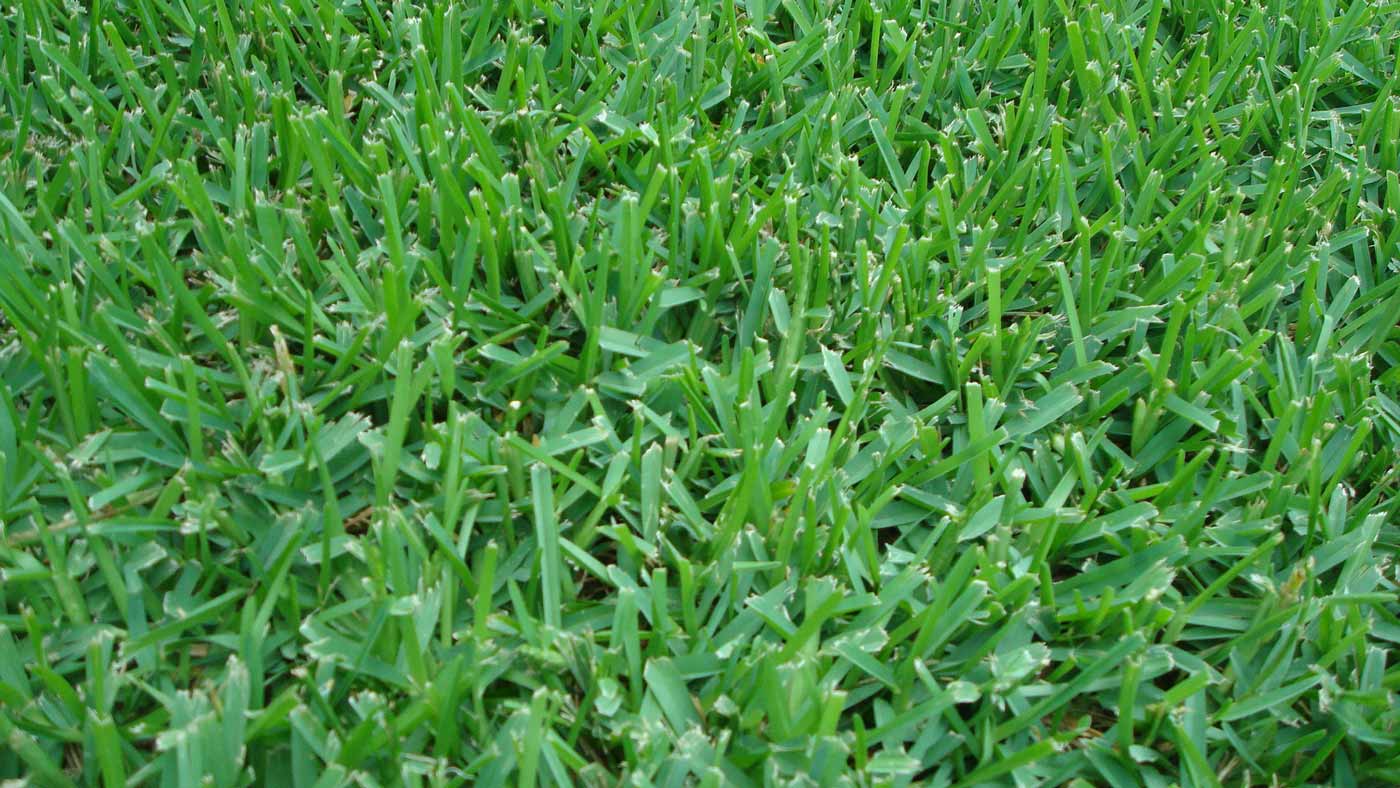
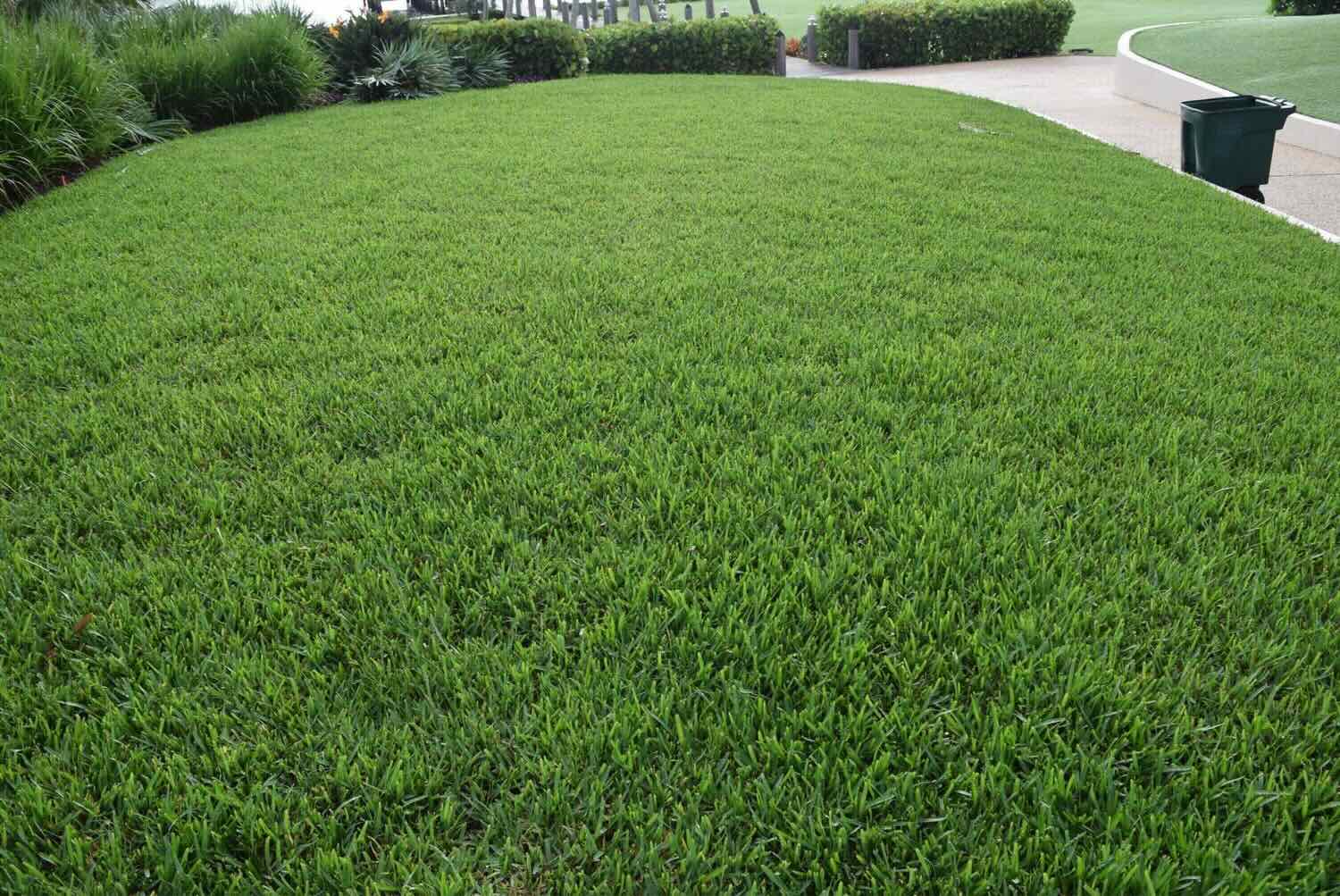
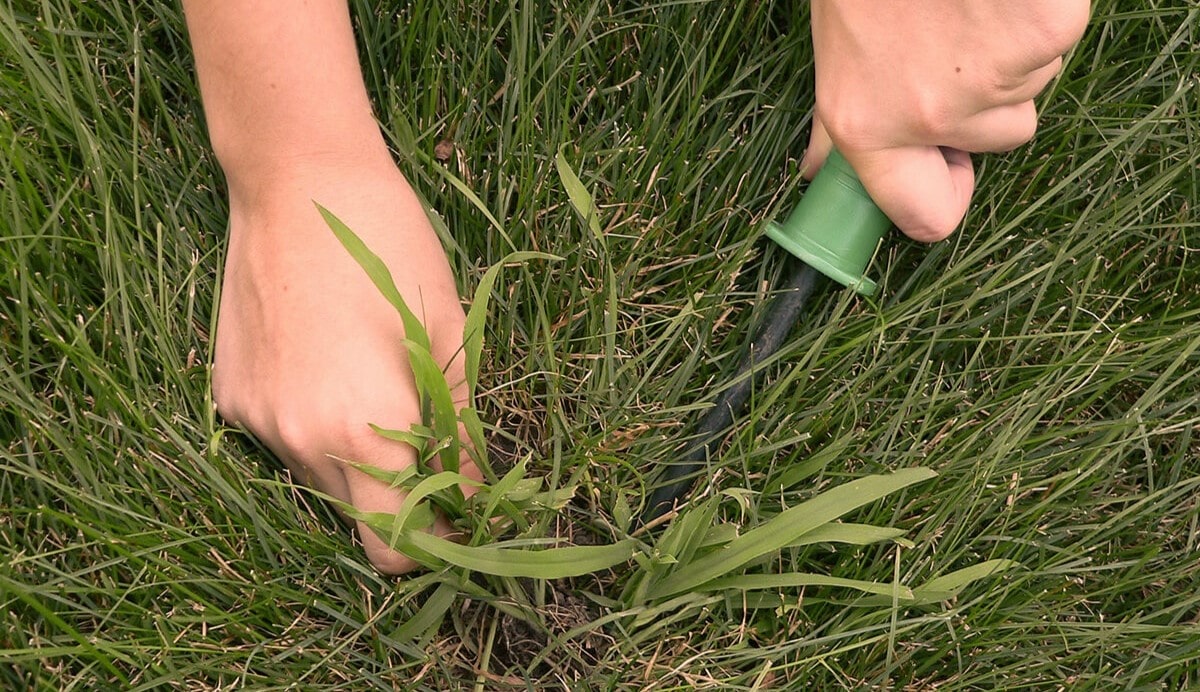
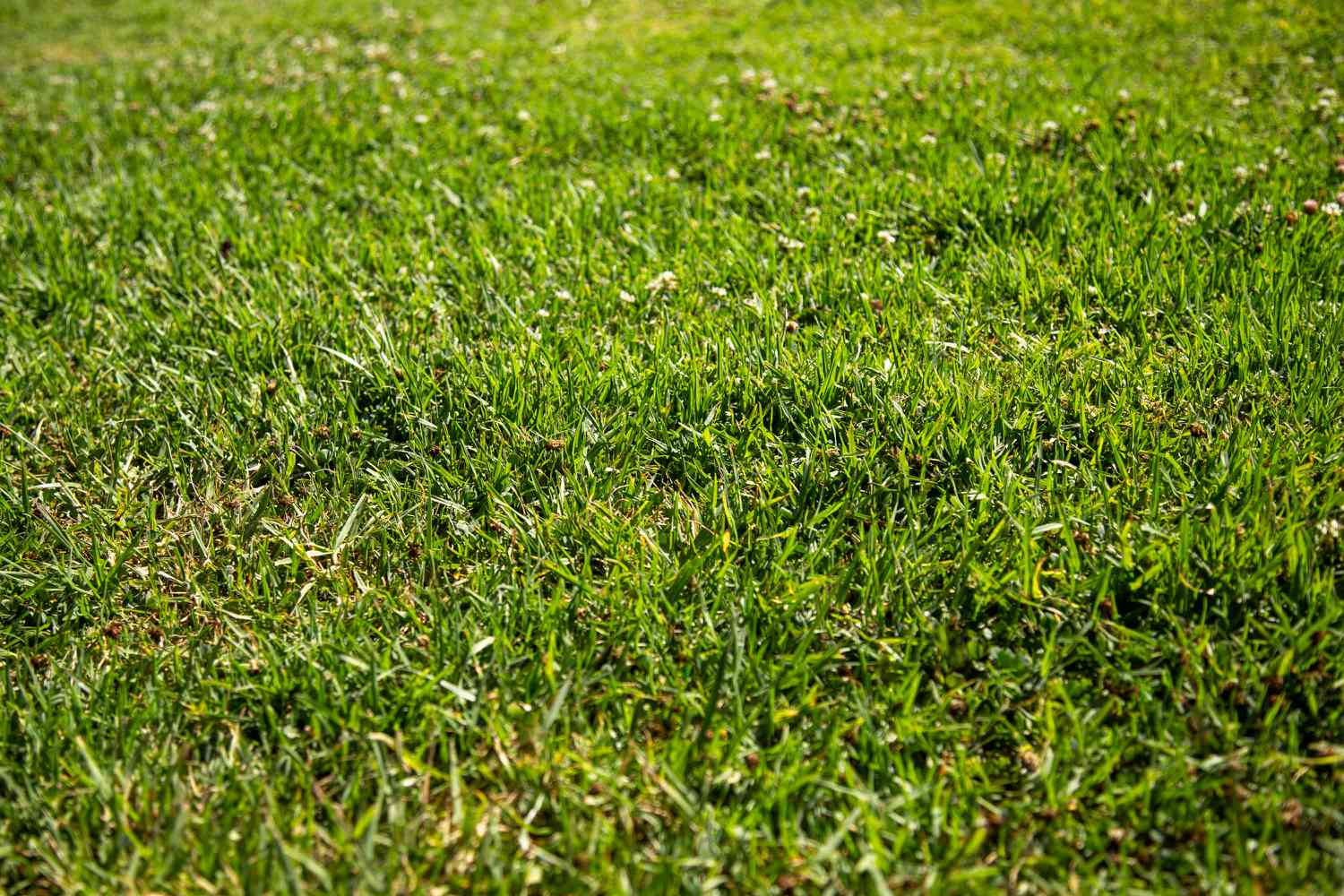
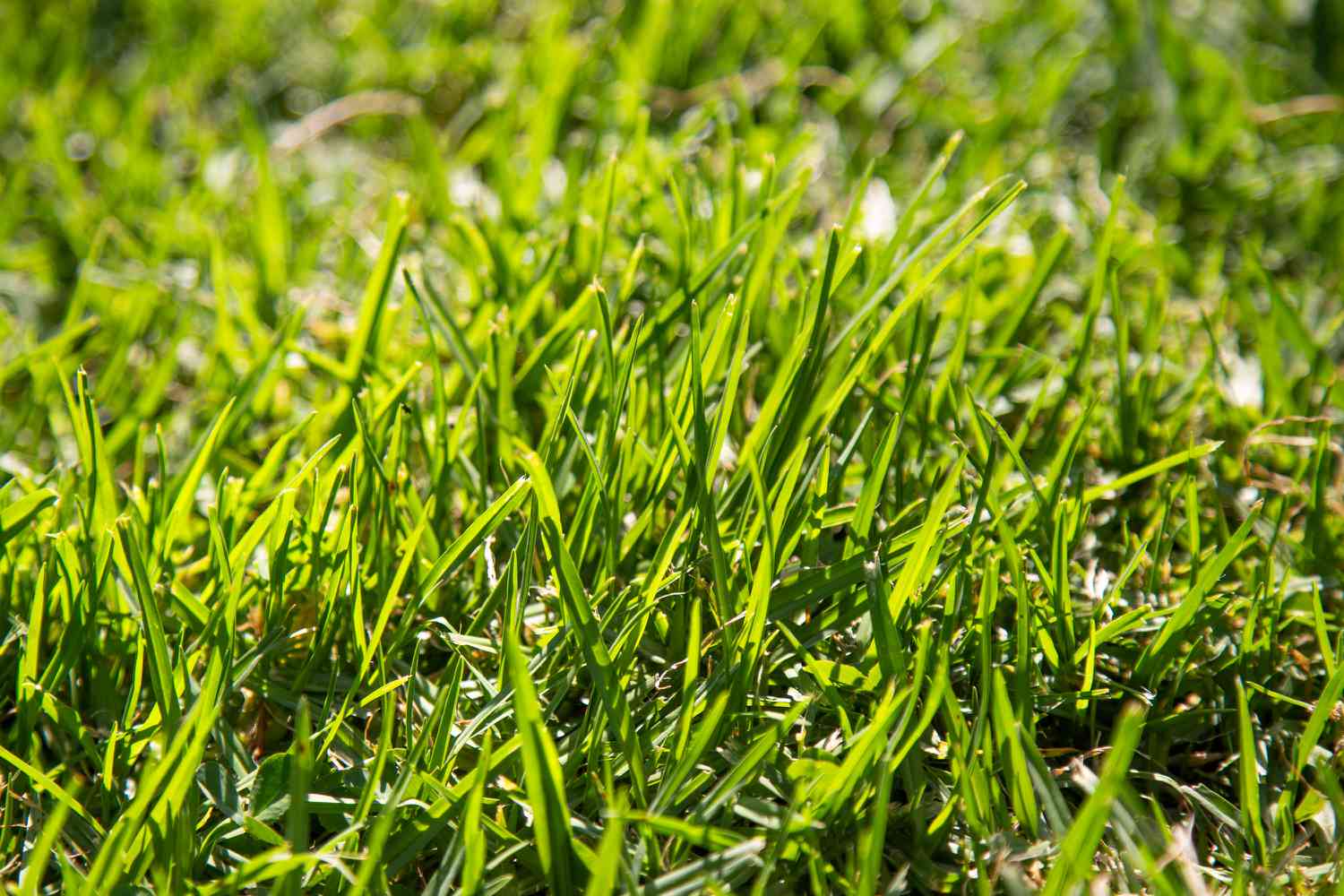
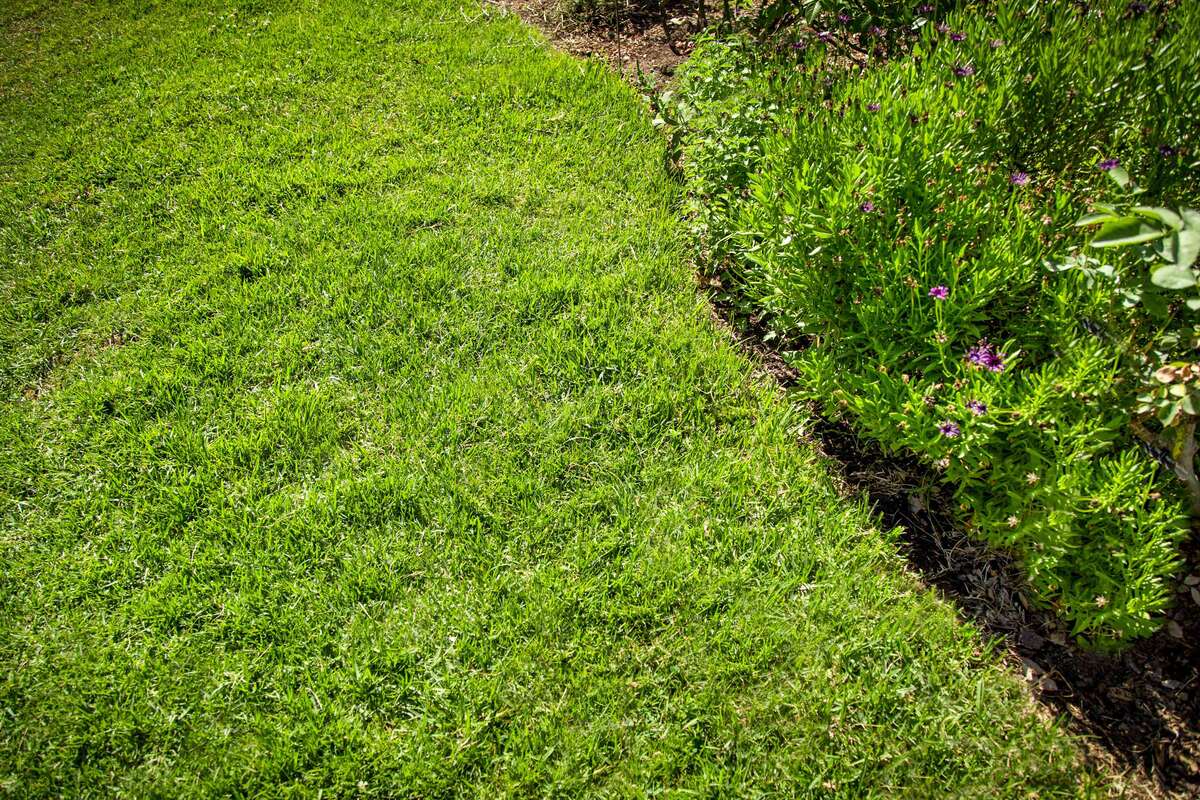
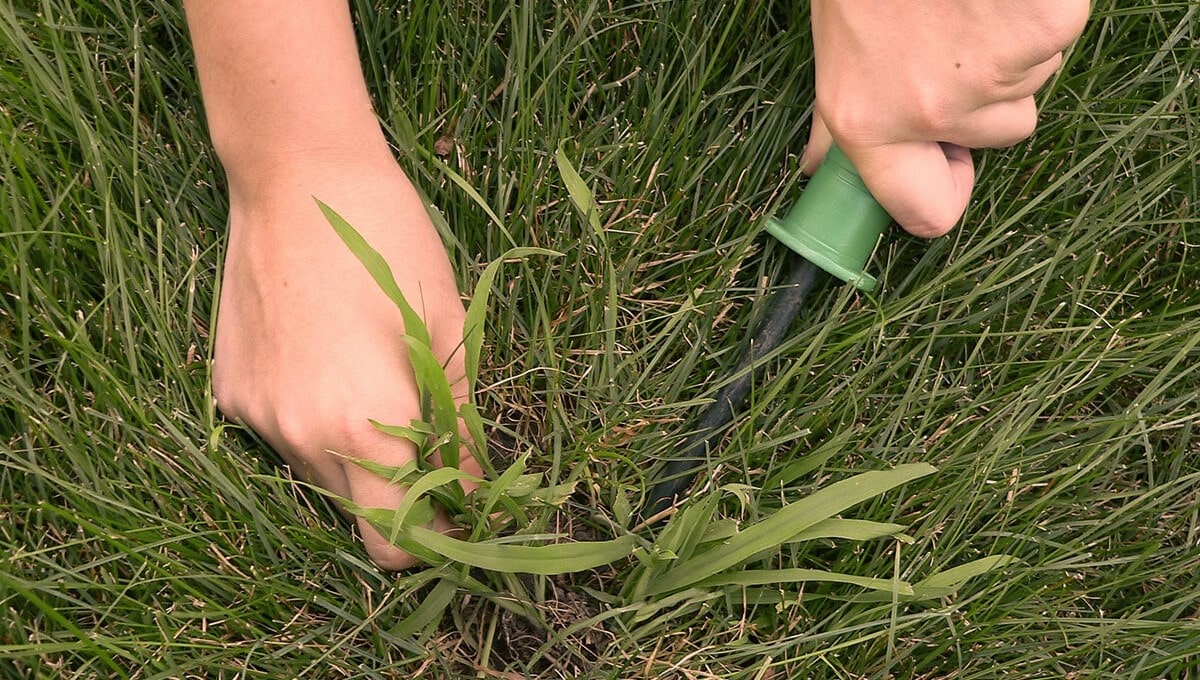
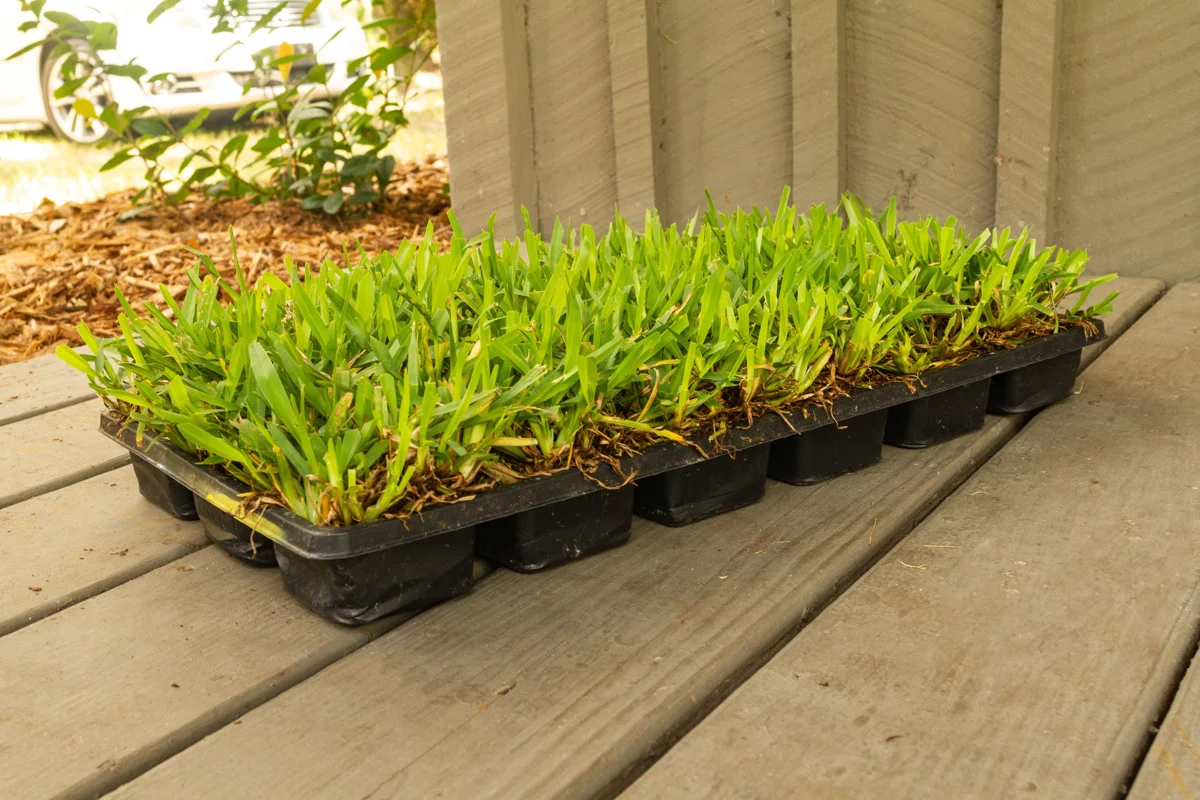
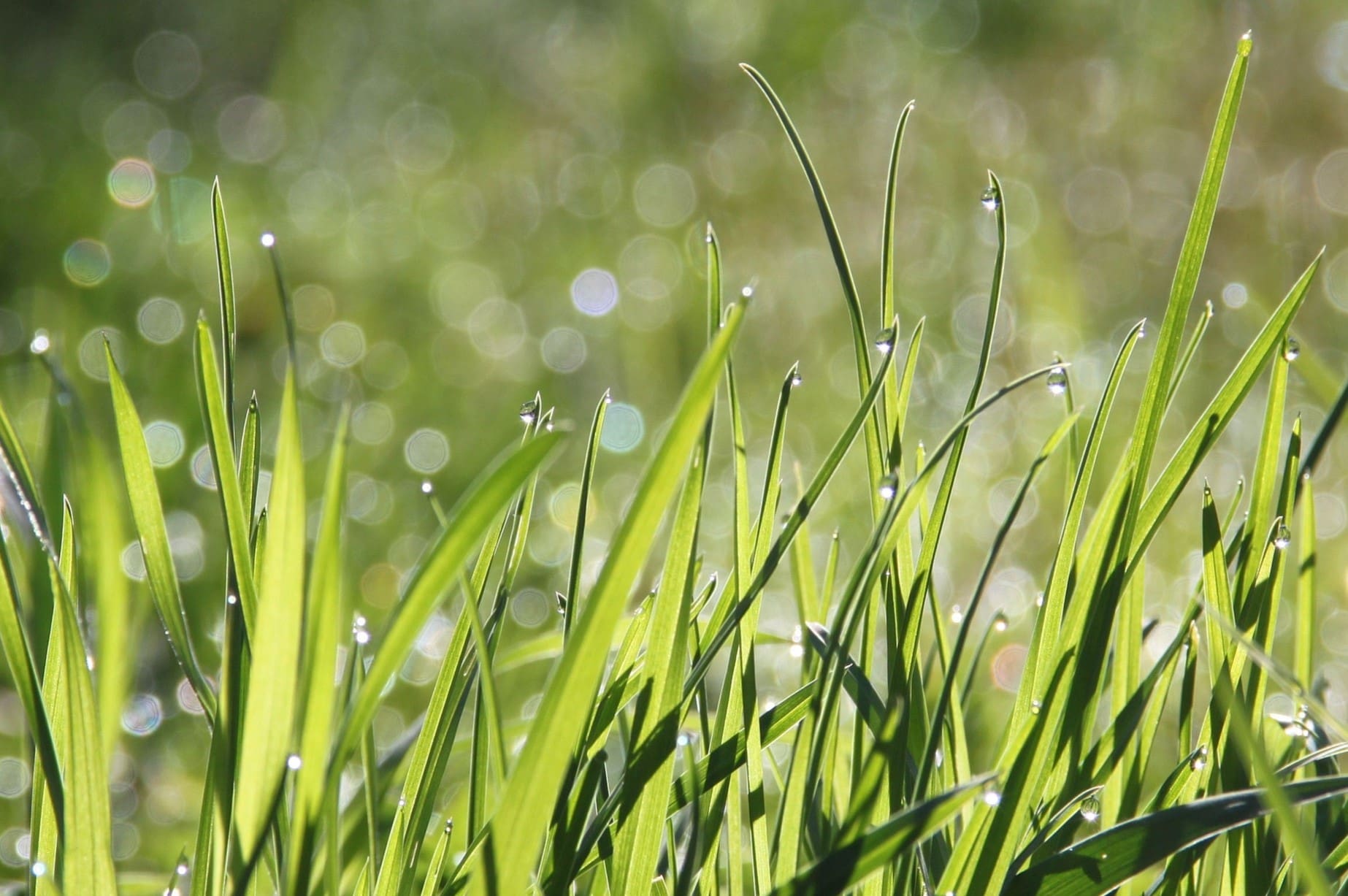
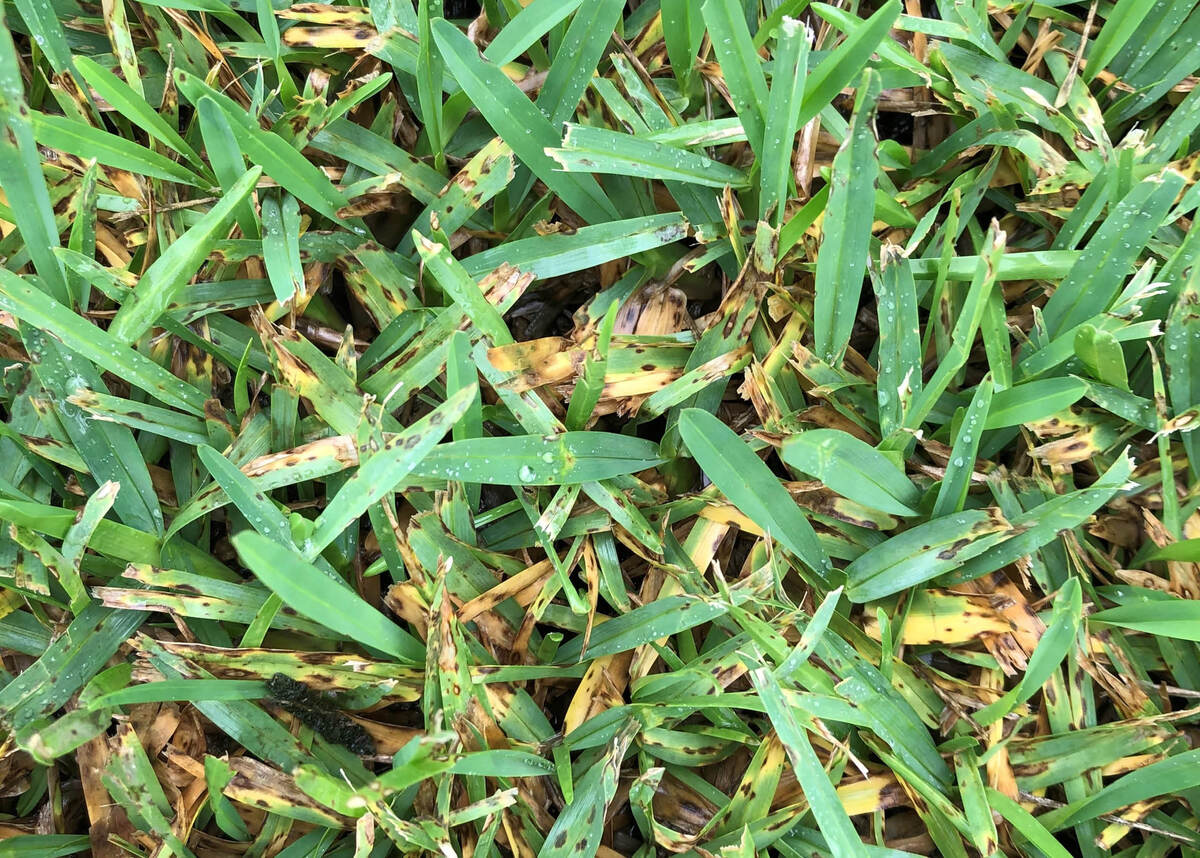
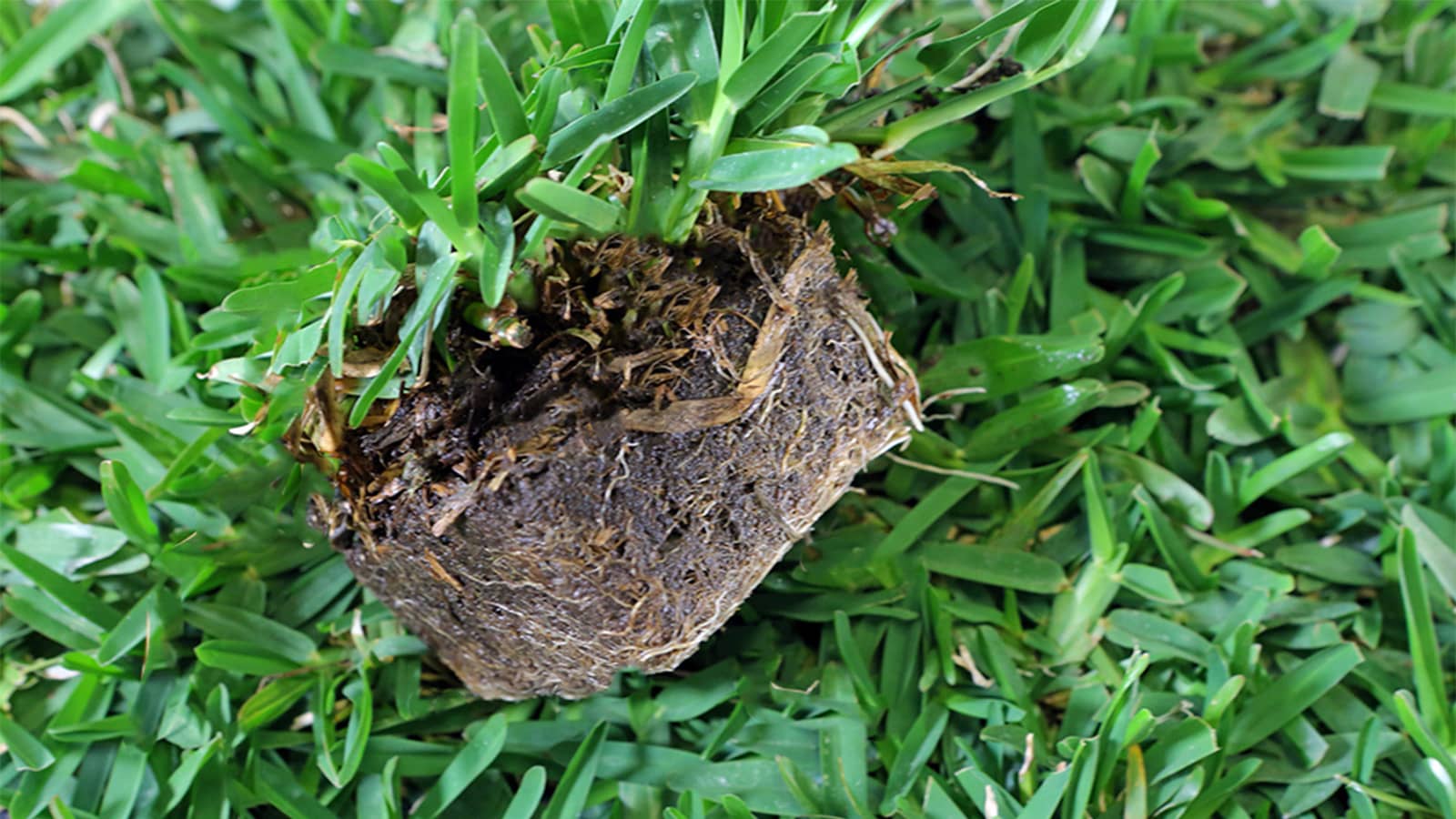
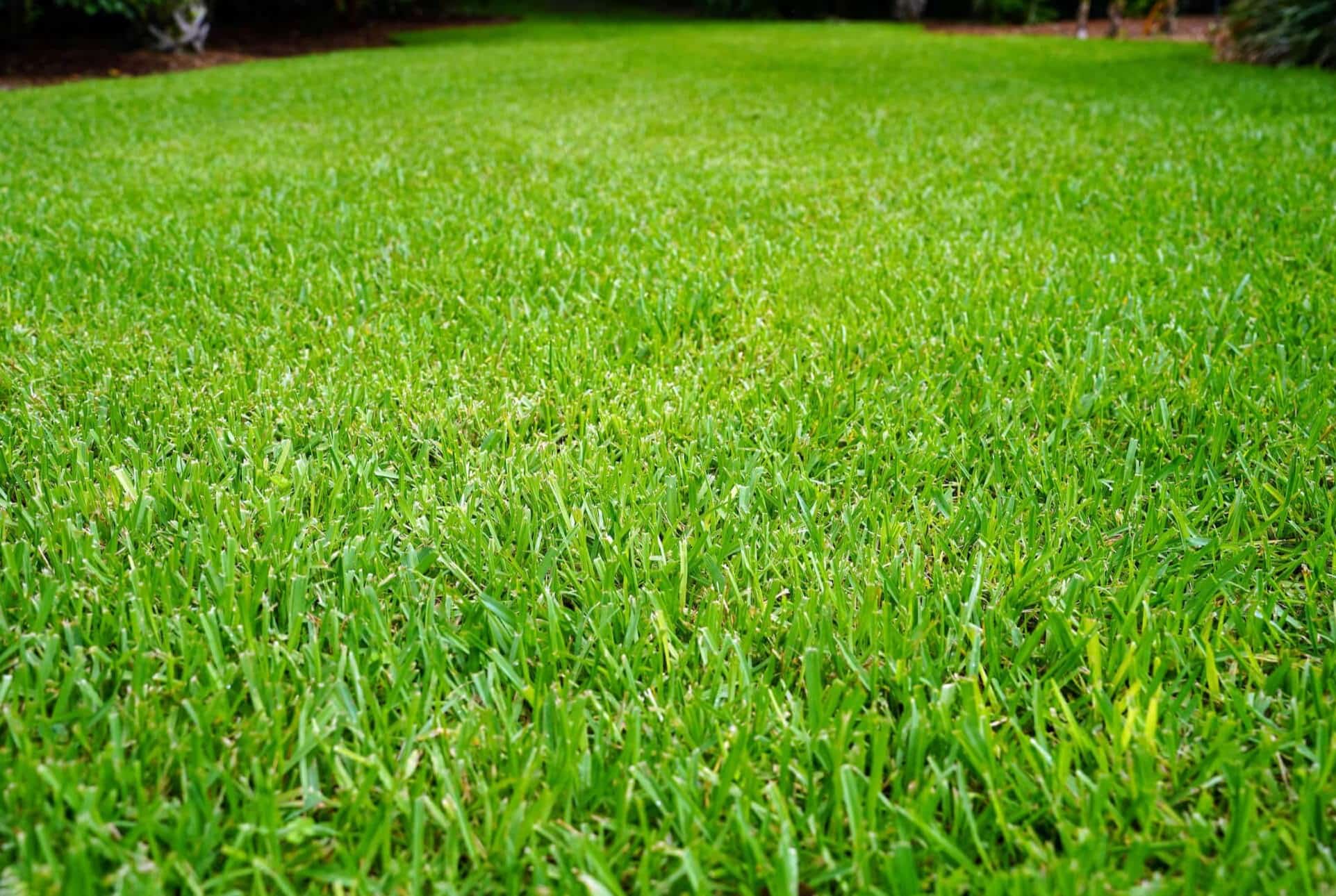

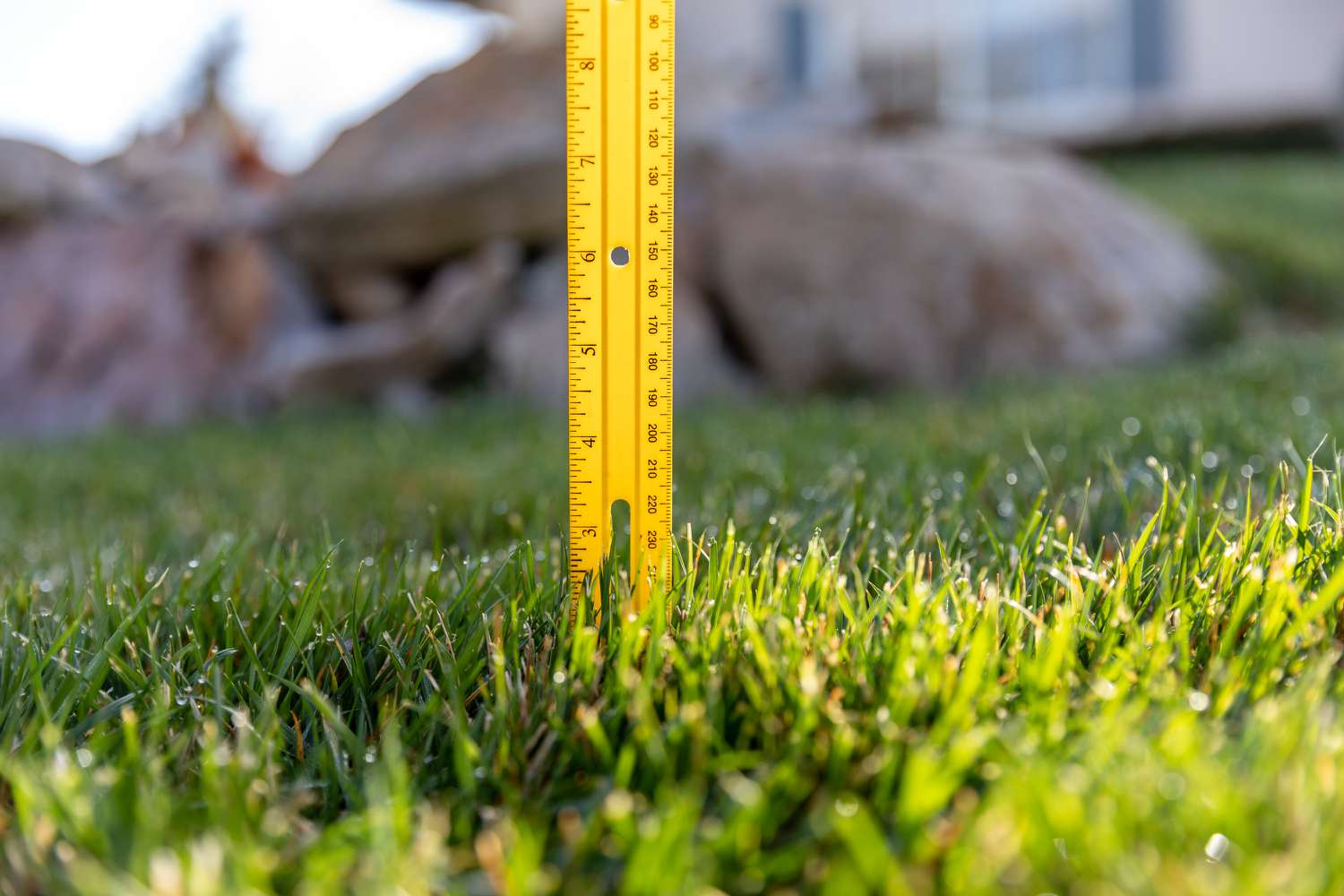

0 thoughts on “How Short To Cut St. Augustine Grass”